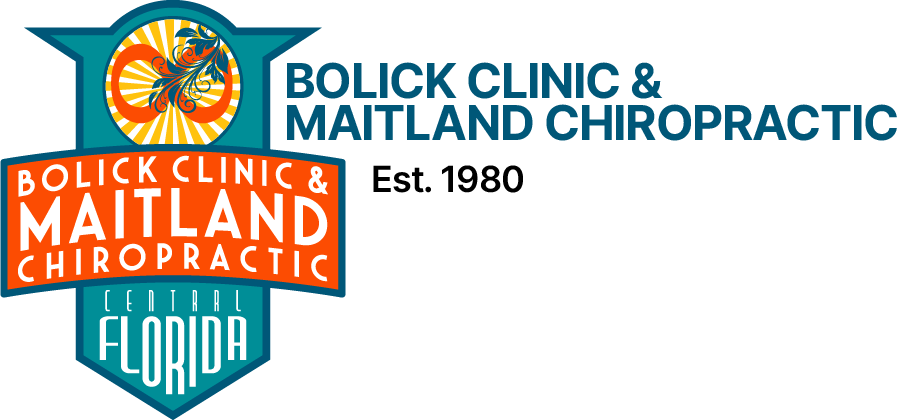
Scoliosis: 3D deformation of the spine which, when measured by X-ray, is greater than ten degrees (Cobb angle). In most of the cases, it also shows a rotation of the vertebrae within the curve. Often there is some modification of the normal kyphosis and lordosis angles of the spine.
Idiopathic scoliosis: a structural 3D spinal curvature for which cause has not been established yet.
(N.B. Research, however, points to a genetic cause and asymetrical growth, muscle imbalance and neuro-muscular dysfunction as factors leading to progression of curves.)
- Infantile scoliosis: 3D curvature of the spine that develops before three years of age.
- Juvenile scoliosis: 3D curvature of the spine that develops between the ages of three and ten years
- Adolescent scoliosis: 3D deformation of the spine that appears before the onset of puberty and before skeletal maturity.
- Adult scoliosis: scoliosis of any cause, which is diagnosed after skeletal maturity.
Congenital scoliosis: scoliosis due to bony abnormalities of the spine present at birth. These anomalies are classified as failure of vertebral formation and/or failure of segmentation.

